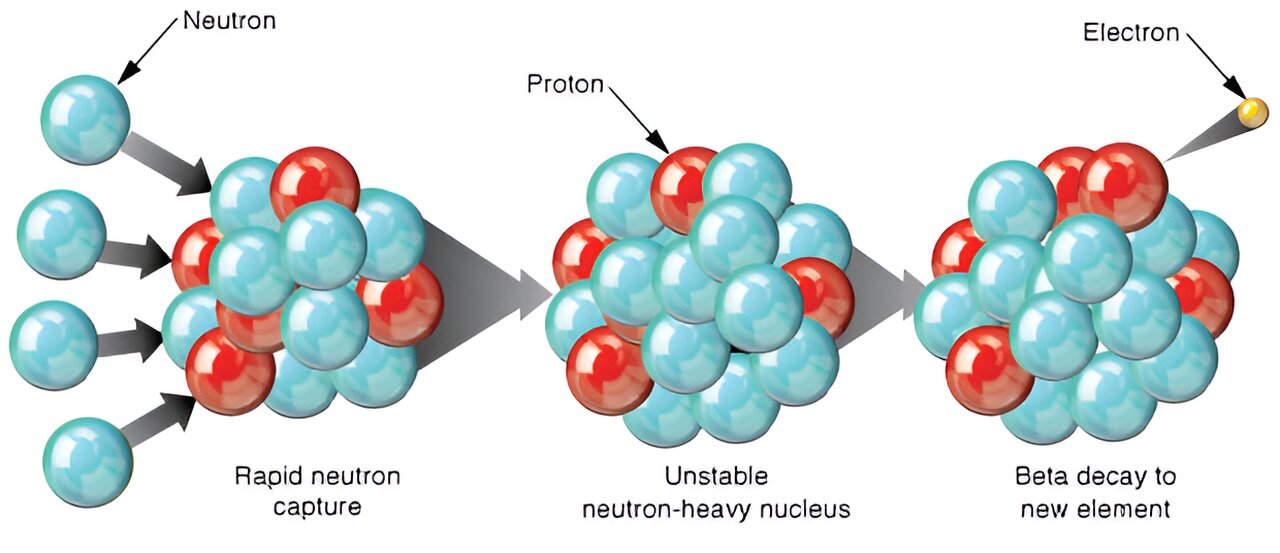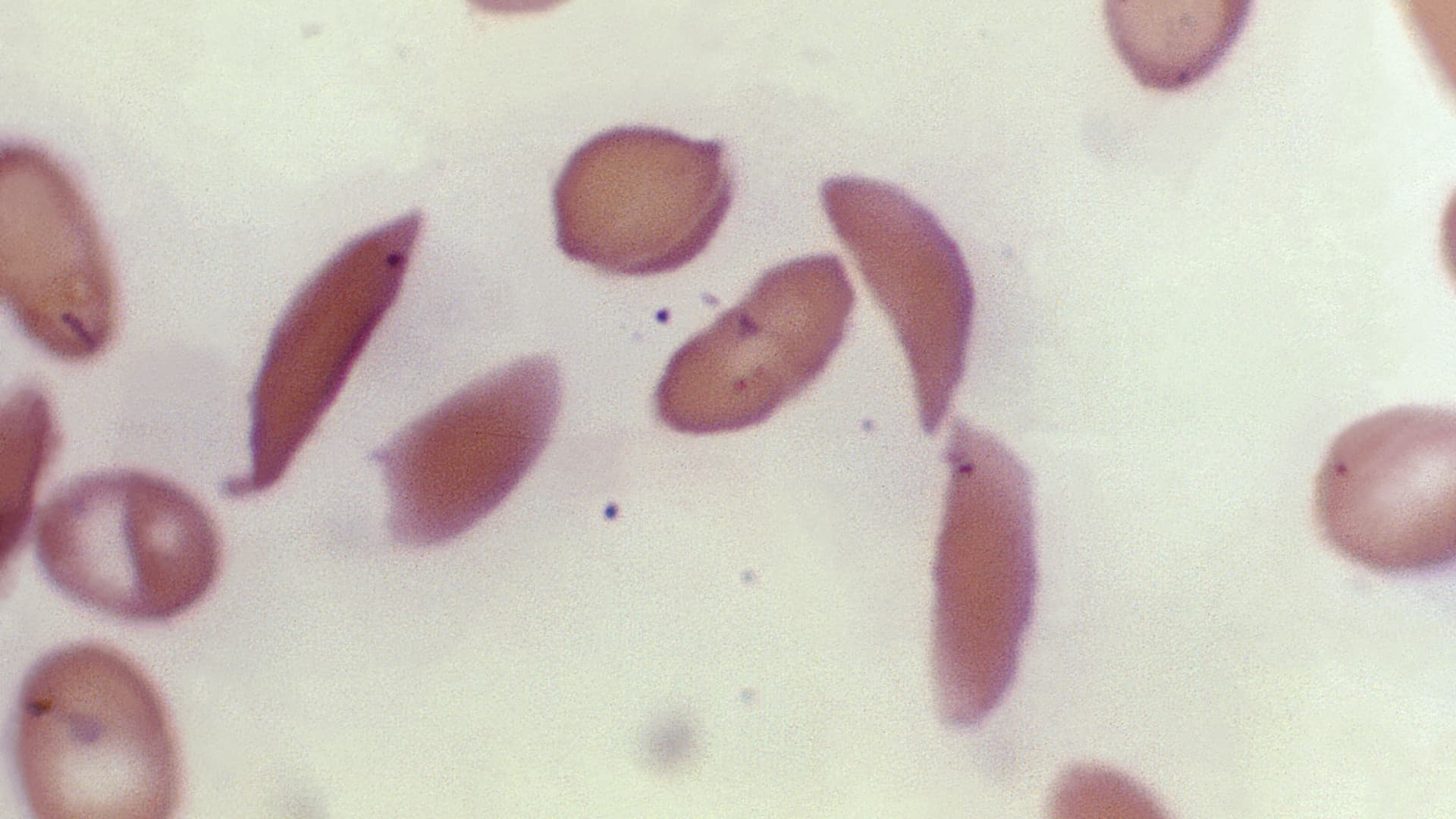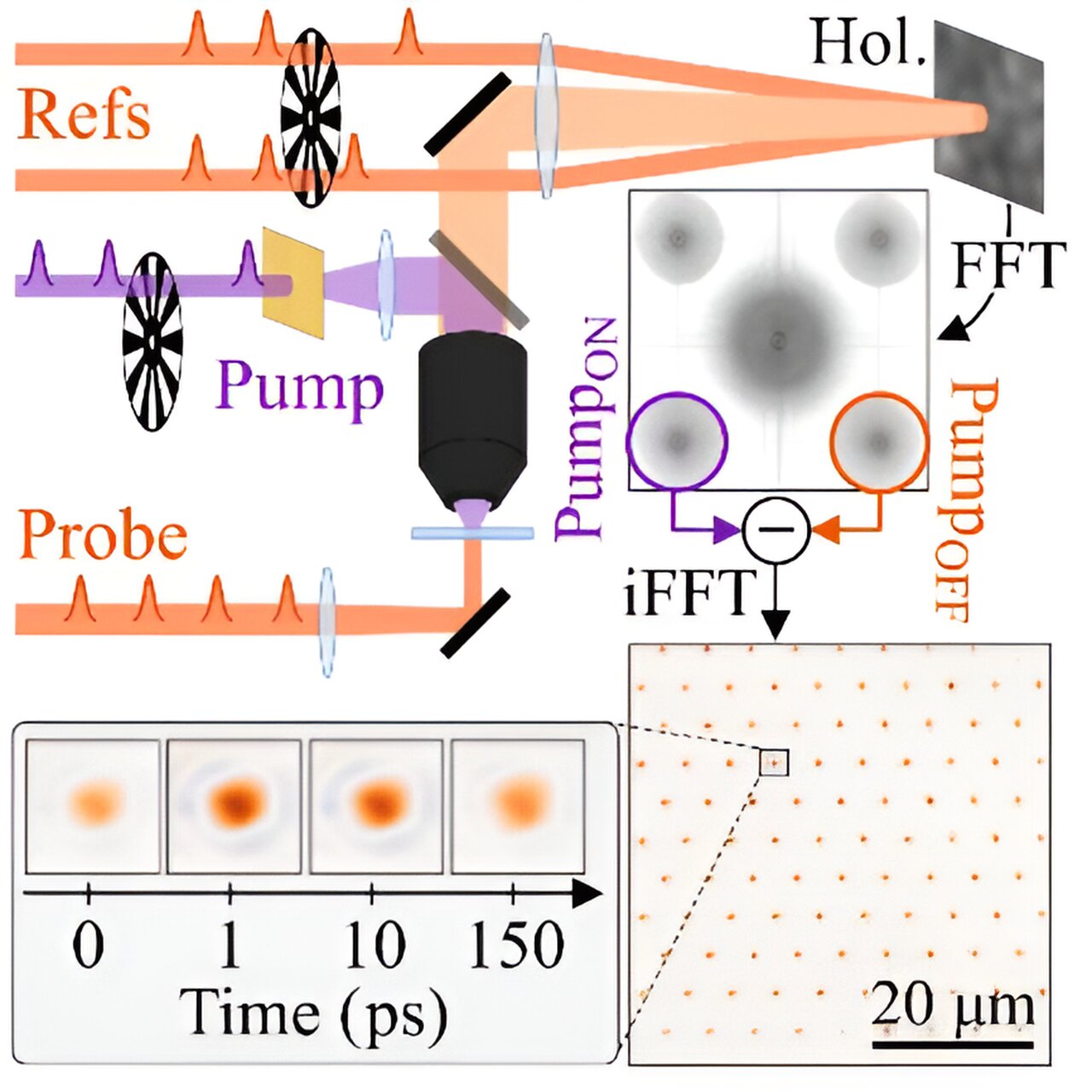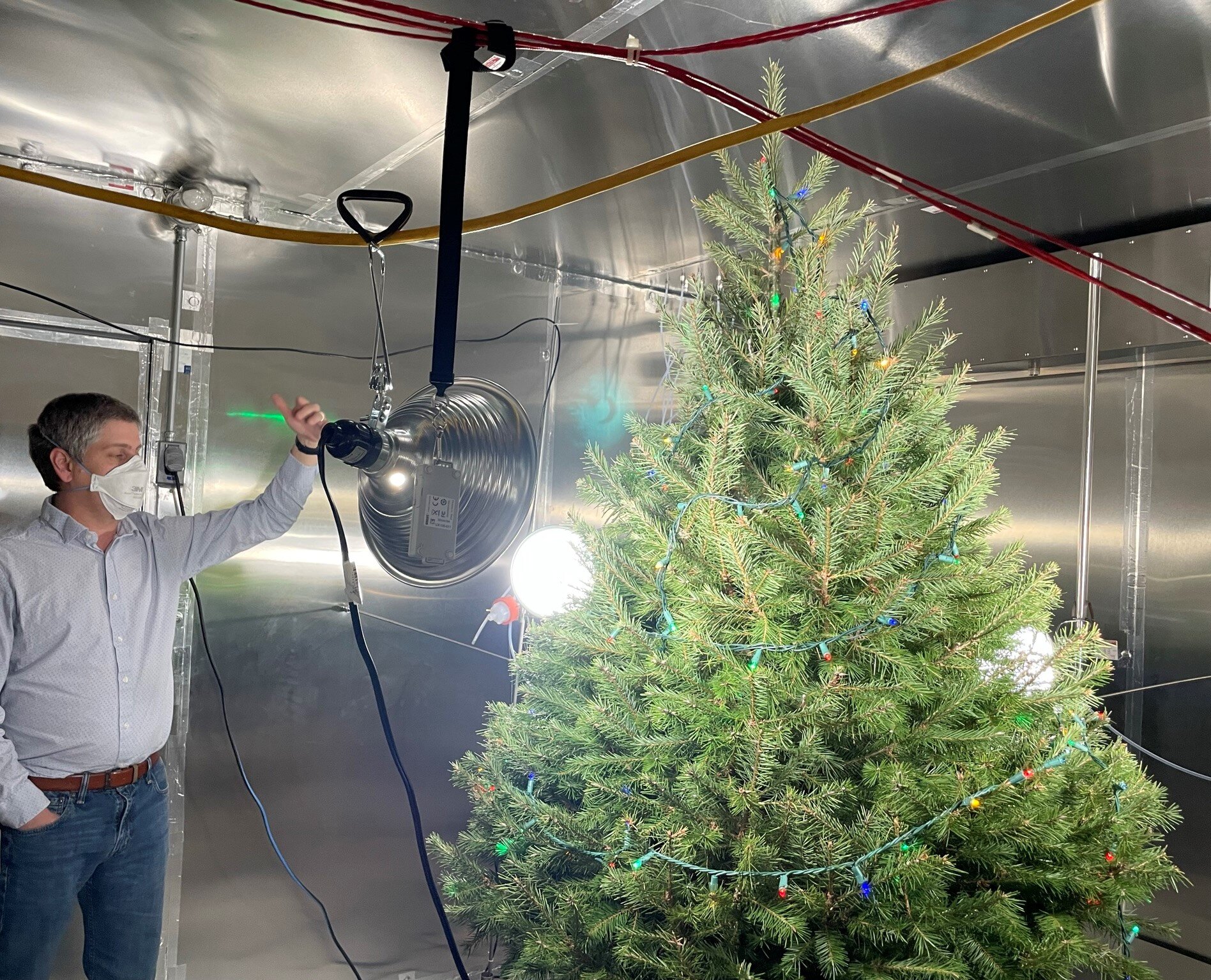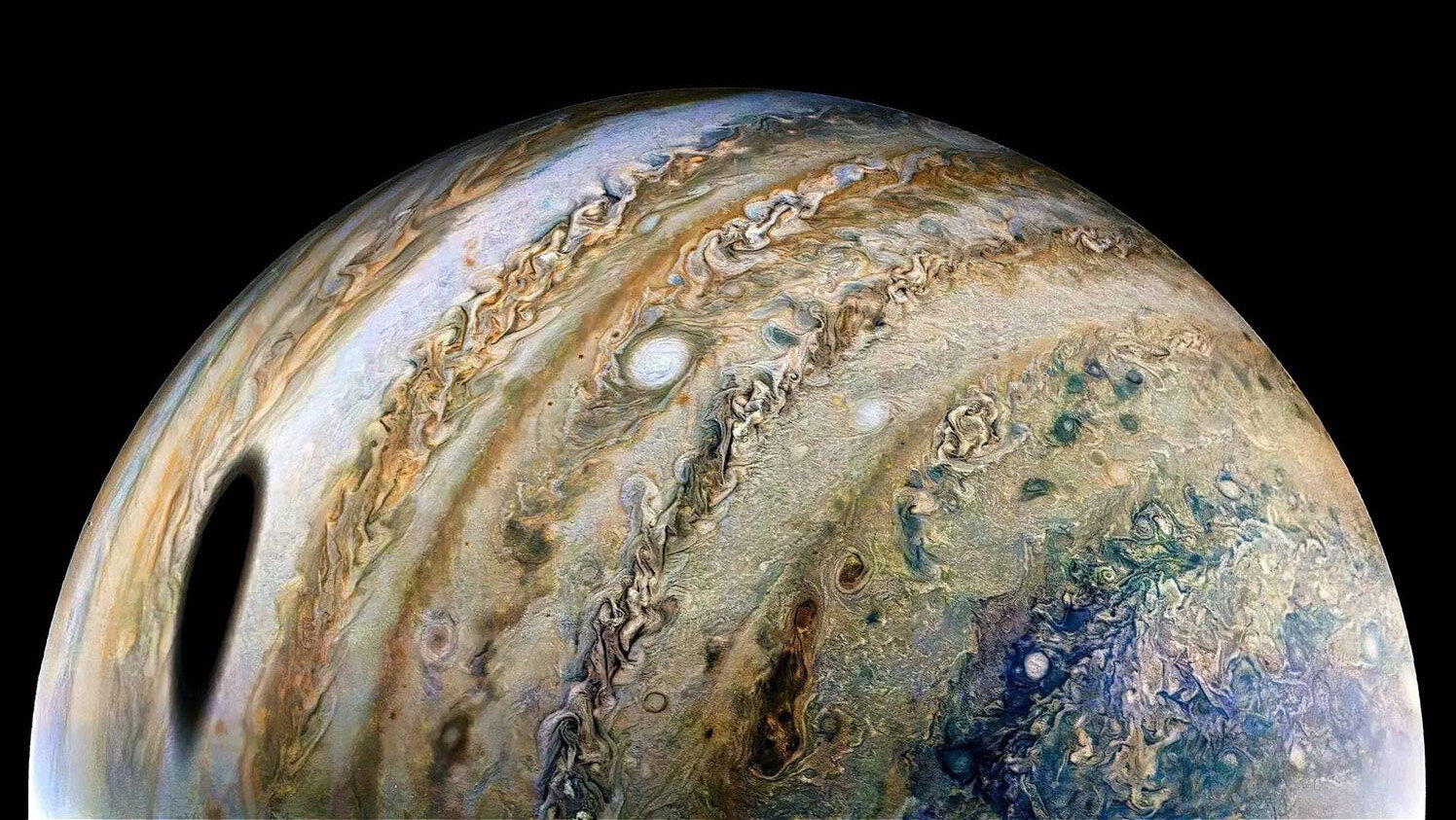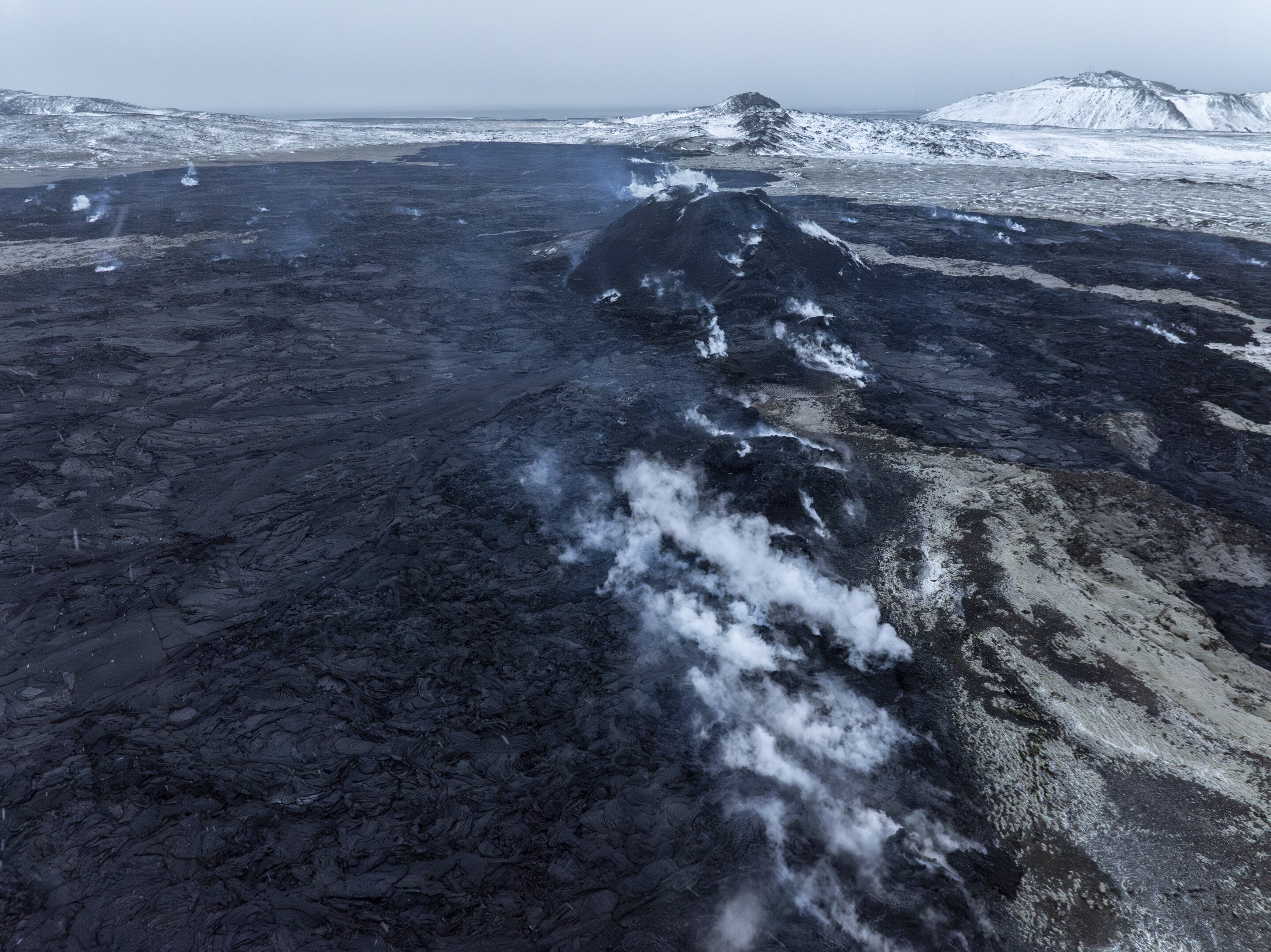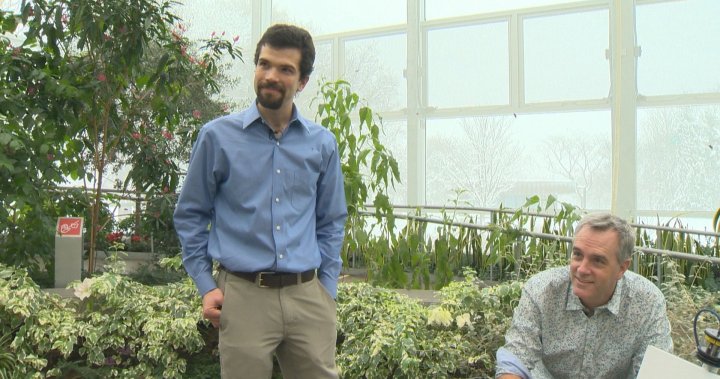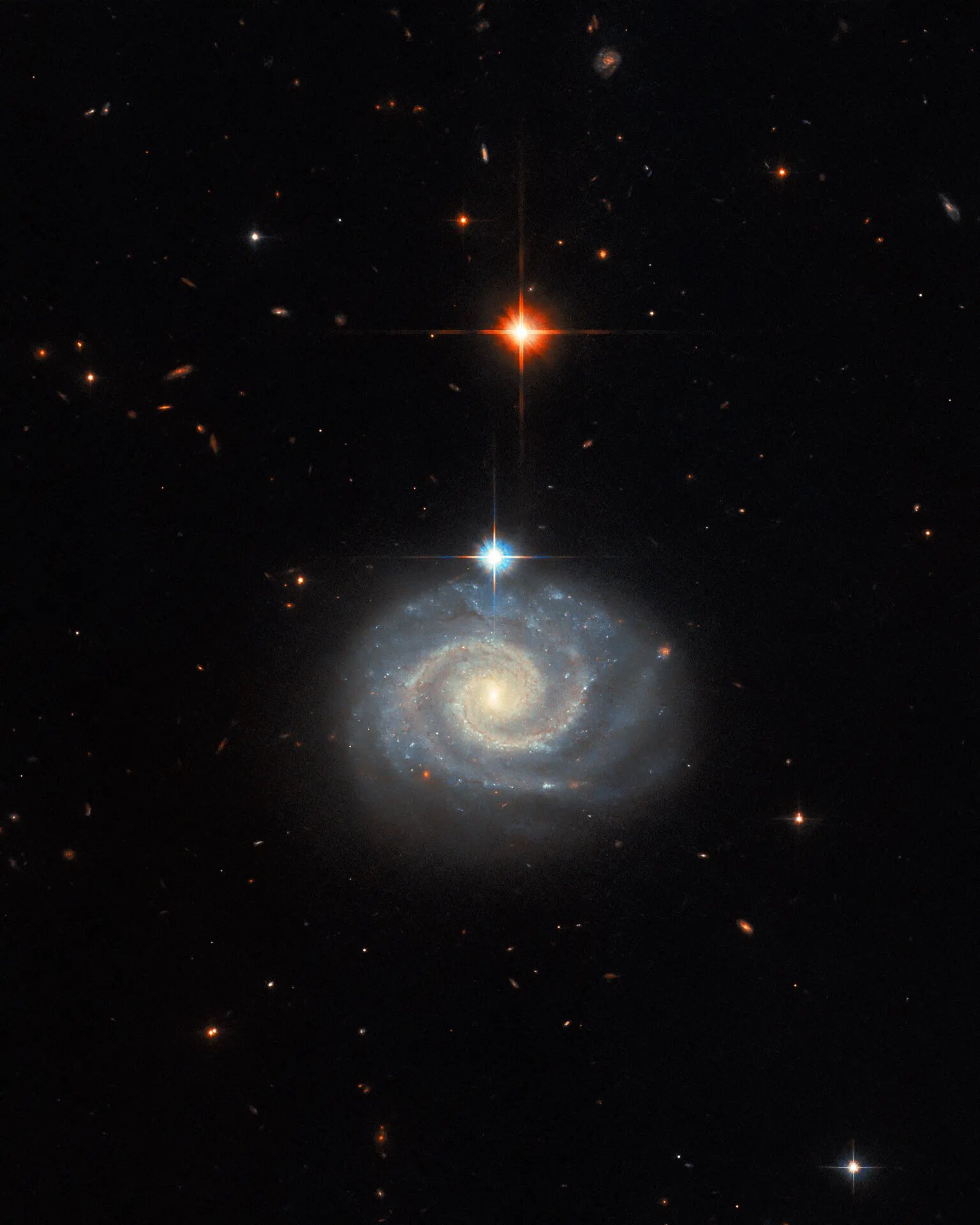New AI model can predict human lifespan, researchers say. They want to make sure it’s used for good
Built using the same transformer models powering other large language models, a new AI tool is able to predict events in human lives, researchers say. Credit: Matthew Modoono/Northeastern University Researchers have created an artificial intelligence tool that uses sequences of life events—such as health history, education, job and income—to predict everything from a person’s personality … Read more


